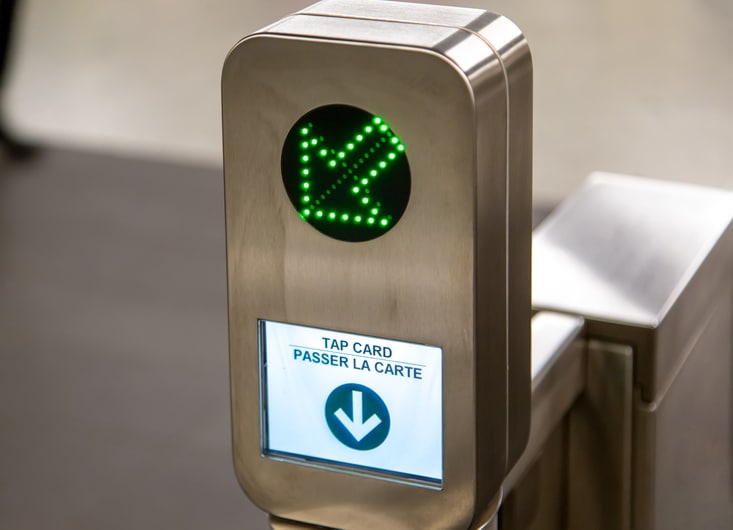
Article Highlights
More transit agencies are taking a modular approach to building their new or upgraded fare systems.
• Table: Some agencies taking the modular approach
• Table: Pros and cons of modularity
• Transport for London
• Metrolinx (Toronto)
• HSL (Helsinki)
• TransLink (Vancouver)
• Cubic
• Littlepay
Transit agencies planning to roll out new electronic fare-collection systems have typically hired automated fare-collection vendors to handle the entire projects, from supplying the validators and payments processing to building or procuring the back office and integrating the various parts into a complete system.





















